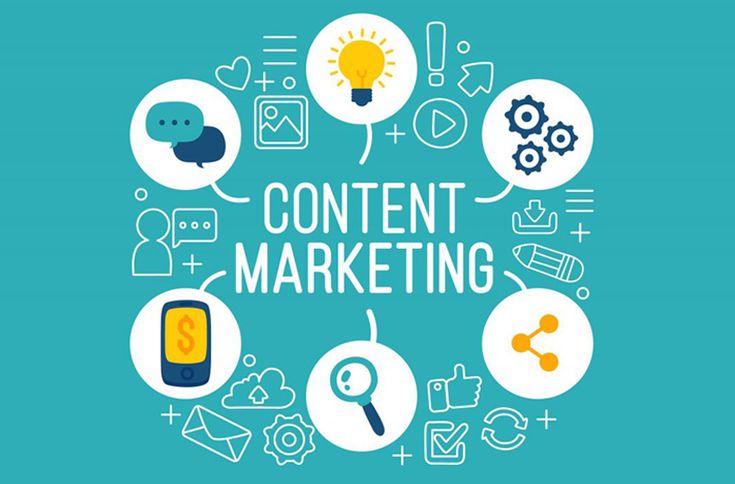Menu

In today's digital world, visuals are an essential part of both SEO and content marketing strategies. Vector graphics, with their scalability and high-quality appearance, provide a significant advantage. Unlike raster images, which lose quality when resized, vectors can maintain their sharpness and clarity at any scale. This makes them perfect for responsive web design and enhancing the visual appeal of content across platforms. In this guide, we'll explore why vector art is crucial for SEO and content marketing, how it can improve your website's performance, and how to use it effectively for better user engagement.
In the digital age, SEO goes beyond just keywords and content. Visuals play a crucial role in how search engines rank your website, and vector graphics can significantly improve your SEO strategy. Vectors are smaller in file size, meaning they load faster, which is vital for reducing bounce rates and improving your page’s ranking. Fast-loading pages with clear, professional images offer a better user experience, which can directly impact SEO performance.
How Vectors Help with SEO:
Faster Load Times: Vector graphics are typically smaller and load faster than raster images.
Improved User Engagement: Quality visuals reduce bounce rates and improve time spent on your site.
Mobile-First Design: Vectors are perfect for responsive web design, enhancing mobile SEO.
Learn more about the SEO benefits of vector graphics.
Content marketing is all about creating engaging and visually appealing content. With vector art, you can produce high-quality graphics for your blog posts, social media, infographics, and videos. Vector images ensure that your content looks sharp and professional, regardless of screen size, which helps in keeping your audience engaged. Whether you’re using vector logos, icons, or illustrations, they can make your content more attractive and shareable.
Vector Graphics in Content Marketing:
Improved Visual Appeal: High-quality visuals keep users engaged and encourage sharing.
Customizable Graphics: Easily adapt vector images for various content formats.
Brand Consistency: Maintain a professional, consistent look across all platforms.
Discover how to use vectors for effective content marketing.
Incorporating vector graphics into your SEO strategy is not just about using them on your website but also optimizing them for search engines. Adding descriptive alt text, using appropriate file names, and ensuring that vectors are properly sized for various devices can improve the discoverability of your images. By optimizing vector images for search, you not only improve user experience but also boost your site’s overall SEO performance.
Best Practices for Optimizing Vectors:
Descriptive Alt Text: Use relevant keywords to describe the image.
Proper File Naming: Name your vector files with relevant keywords.
Optimize for Mobile: Ensure your vector images adapt well to all screen sizes.
Learn how to optimize vector graphics for SEO.
Vector graphics offer a unique advantage for SEO and content marketing by improving website load times, enhancing content visual appeal, and providing scalable designs. They ensure that your website and content remain professional, high-quality, and mobile-friendly, helping you achieve better SEO results and engaging content. Start integrating vector graphics into your SEO strategy today to create a more visually appealing, user-friendly site. For more tips on using vectors for SEO and marketing, visit SeekVector.